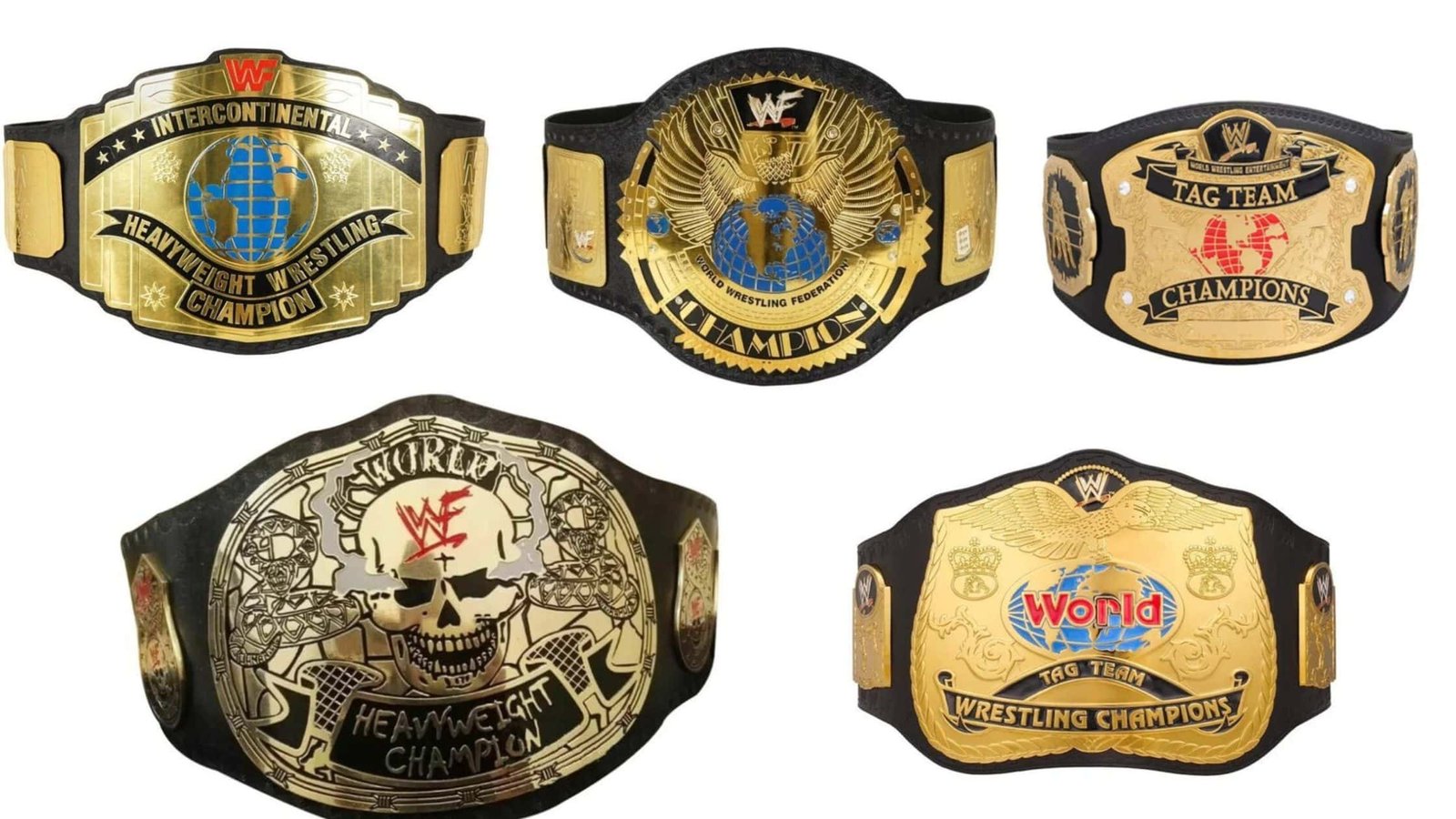The World Wrestling of Federation or also known as WWF World Heavy Weight Championship has a smooth great pride in the history books of pro wrestling business. This title began in 1963 and lay at the foundation of the World-Wide. Wrestling Federation (WWF), which is now the WWE. This reflects some of the singles’ glorious growth in style and ranking based on wrestling historical period. So let’s take a closer look at where this belt came from. How it has progressed over the years and where the championship belt is headed in the future.
The Birth of the WWF World Heavyweight Championship
The WWF evolved from the NWA in 1963. Of course, one of the most critical gambles in building the promotion’s identity was the formation of its world championship. Buddy Rogers won the title of the first champion, which became a successful precedent for the future.
On the other hand, This title symbolized more than just wrestling supremacy. It represented the WWF’s identity and its bid to carve a niche in the competitive wrestling landscape. The championship was a beacon for fans, signifying excellence and the pinnacle of achievement in the squared circle.
The Design Evolution of the WWF Championship Belt
The original WWF World Heavyweight Championship belt reflected the times. It featured a red leather strap, symbolizing boldness and prestige, with a U.S. outline at its center. The central circle, a unique touch, was intended to hold the champion’s photograph, personalizing the title and making it a one-of-a-kind trophy. This design underscored the individuality and importance of the titleholder.
As the years passed, the belt’s design evolved. The U.S. outline gave way to a crowned globe, emphasizing the championship’s growing global significance. Grappler motifs were added to highlight the physicality and artistry of professional wrestling.
These changes were more than aesthetic; they signified the promotion’s ambition to extend its influence beyond American shores.
Each design iteration captured the essence of its era. The belt’s intricate detailing and symbolic elements made it a cherished artifact, revered by wrestlers and fans alike.
Notable Champions Who Defined an Era
The WWF World Heavyweight Championship was around some of the greatest wrestling icons the world has ever known. Cassius Clay, Joe Frazier and Norton each had reigns of 1589 or less days while Bruno Sammartino ruled as the champion of the world for 2,803 days. It semi popularity was the fact that he became a champion and made numerous fans to rush to Madison Square Garden and beyond.
Future superstars such as Pedro Morales, Stan Stasiak and Billy Graham added their respective flavor into the title. Every reign only built more layers into the story of the championship. These champions have not only been the titleholders, they were icons of that promotion and they had the backing of the promotion on their shoulders.
How Surface has been Changed by the Hull FC and KR Championship?
The world heavyweight championship in the WWF formed the basis for modern WWE championship and world heavyweight championship. It is characterization, focus on storytelling and design as well as the upliftment of talent that paved way for the subsequent releases. Even today, the tradition of championship belts carries on; cutting edge championship belts can still be seen echoing some of designs of the belt.
Loyal fans and historians have a rosy view of this period, and how the WWF title took the WWF wrestling to a whole new level. The belt reflected more meaningful yet basic era in which championships stood as the pinnacle of success.
Conclusion
The WWF World Heavyweight Championship (1963–1982) remains a cornerstone of professional wrestling history. Its design evolution, from the red leather strap with a champion’s photograph to the crowned globe and grapplers, symbolizes the growth and ambition of the WWF. Champions like Bruno Sammartino and Pedro Morales etched their names into history, making the title a revered part of wrestling lore.

